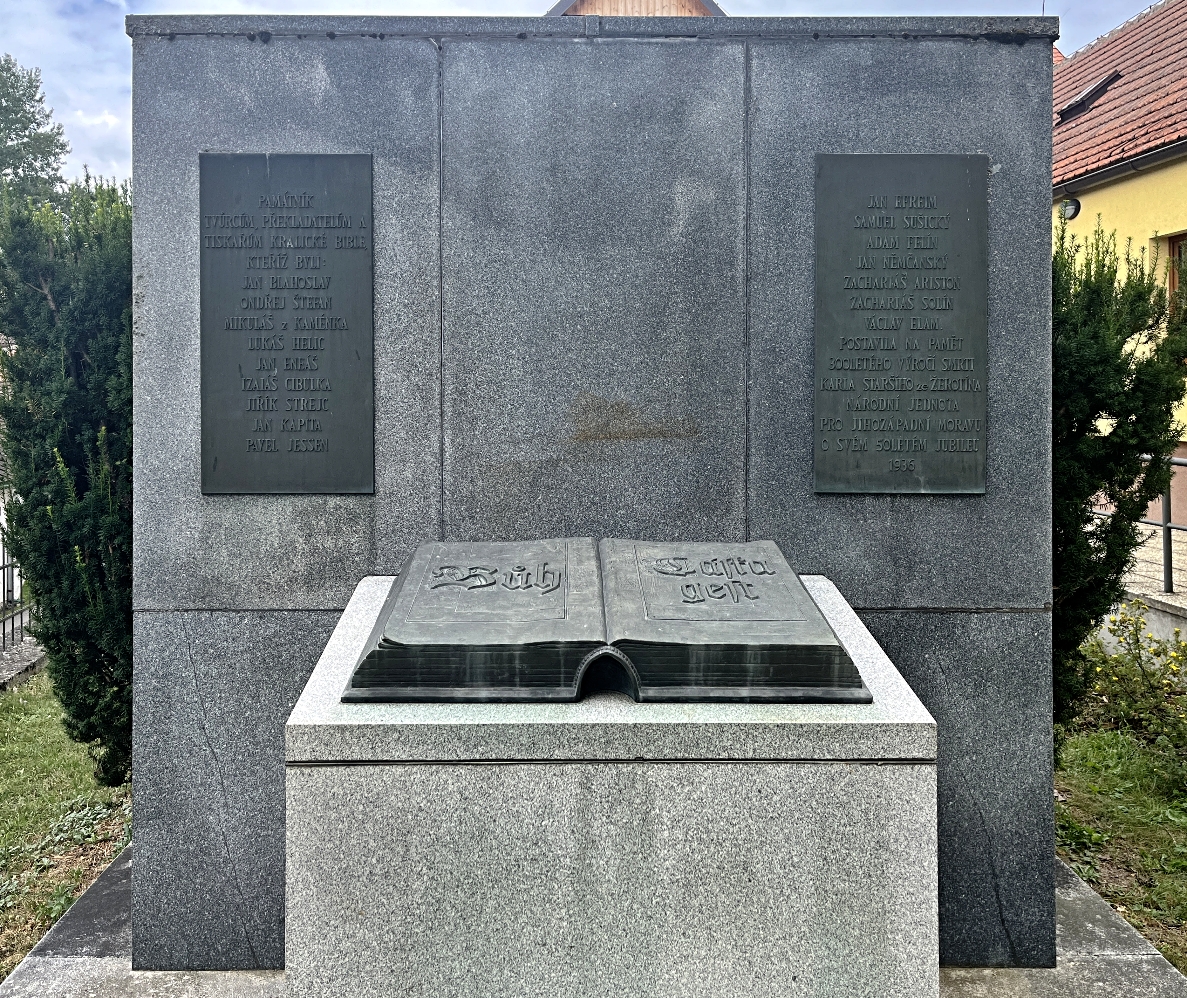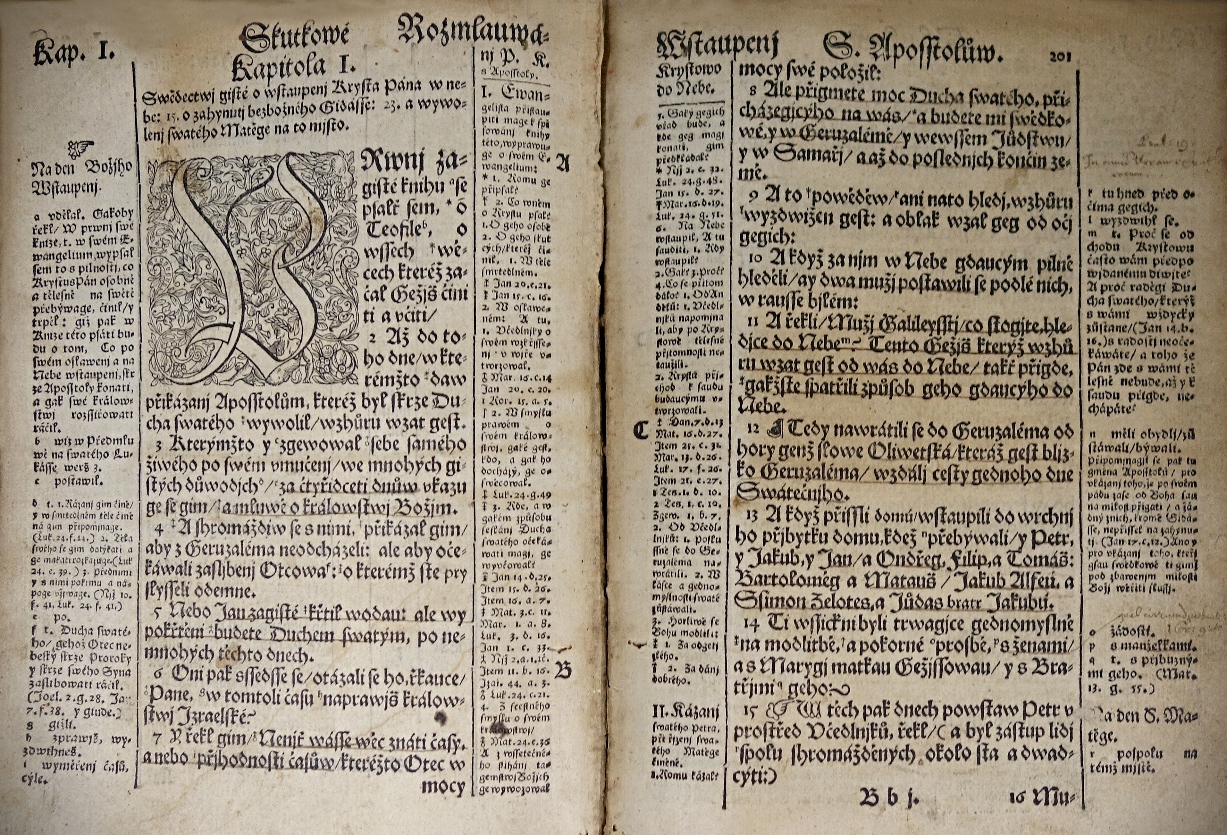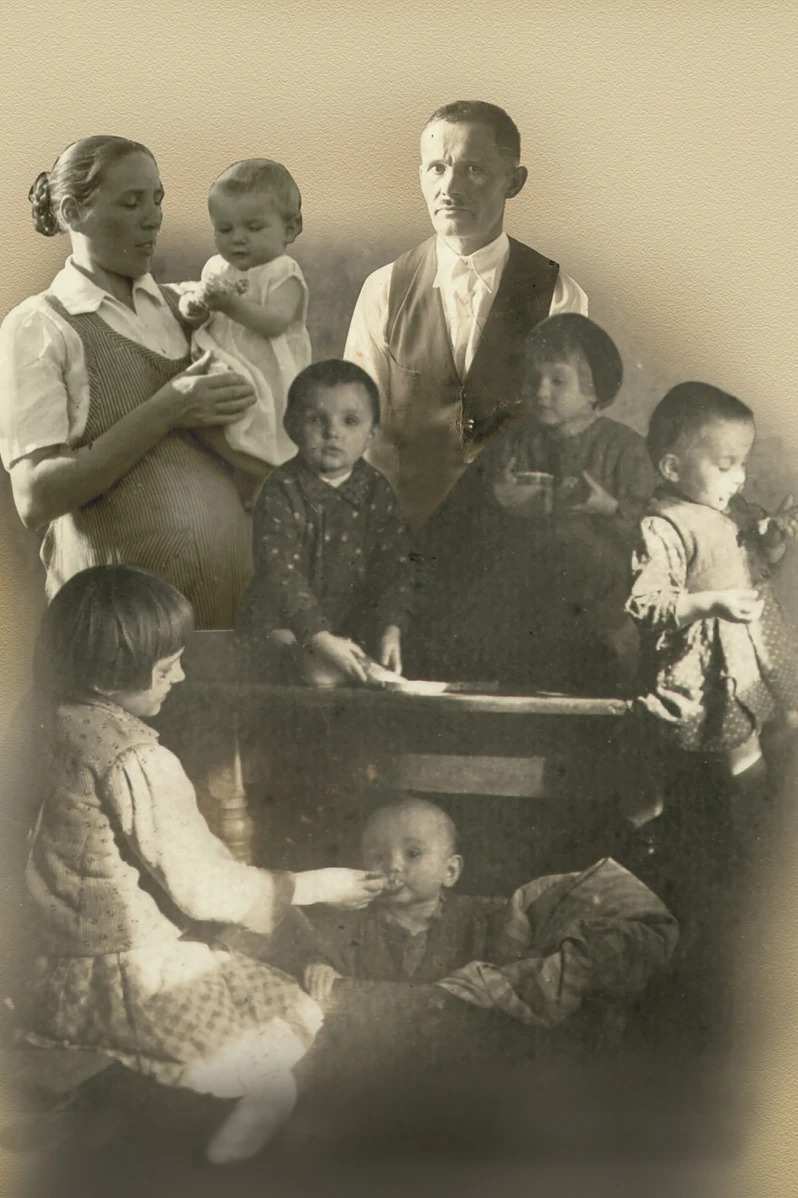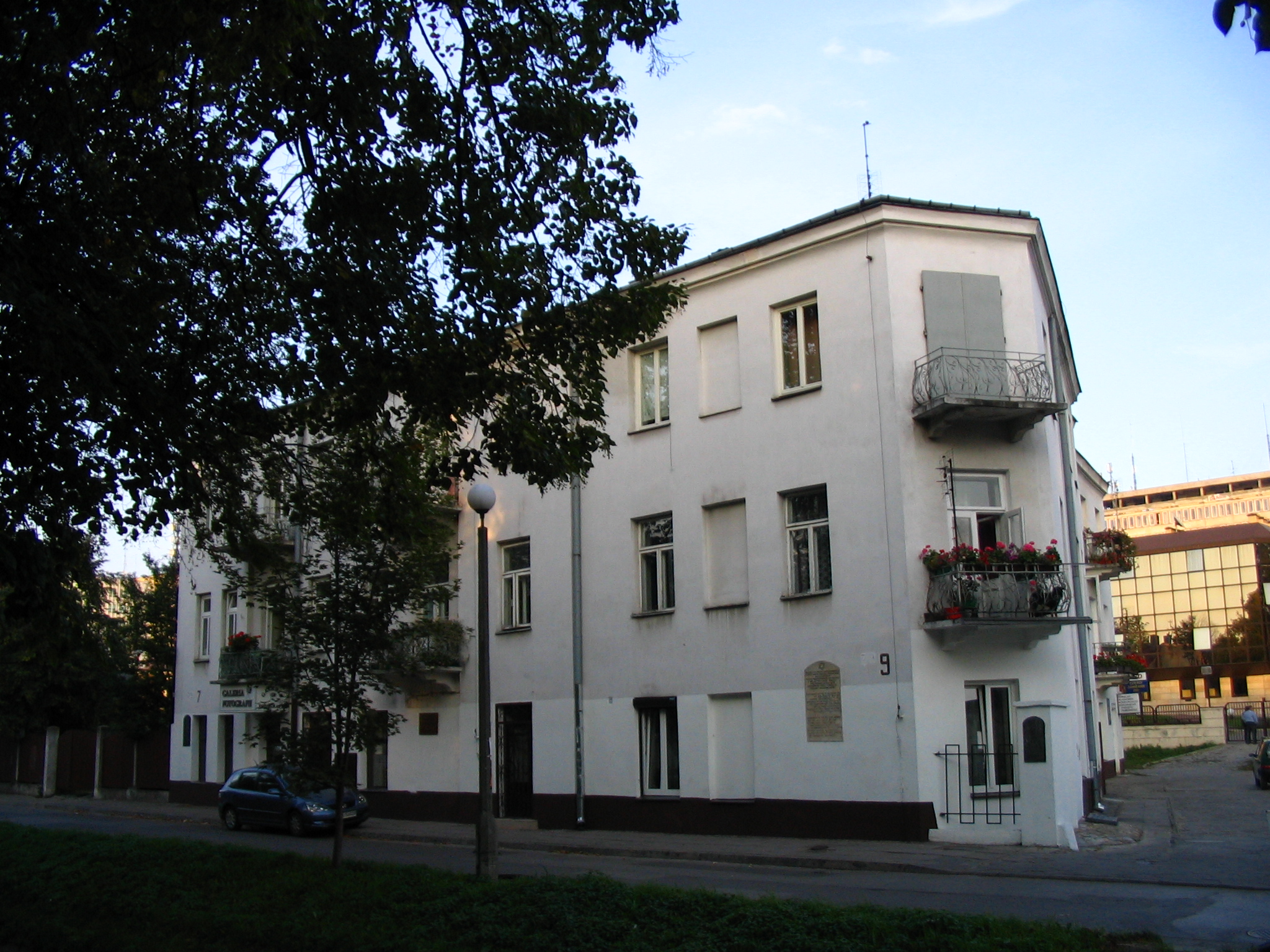Multiconfessional Moravia and Charles the Elder of Žerotín – Kralice
Fact of the Czech figure „Steps towards religious tolerance”
Part of the „Religious tolerance and intolerance” topic
In the 16th century, the provincial assemblies of the individual lands within the Habsburg monarchy played a significant role in governance. The nobility could freely decide on religious matters within their territories, a right that the ruler had to respect.
In Moravia, under the protection of powerful families who, since the 15th century, had professed a tolerant, supra-confessional Christianity, a diverse mosaic of religious groups and sects emerged. Most towns and some nobles supported Lutheranism, while the Catholic Church also maintained its position.
A figure of European stature was the Moravian provincial governor, Charles the Elder of Žerotín, who maintained an extensive network of contacts across Calvinist Europe. He supported the Unity of the brethren on his estates and played a role in the early career of perhaps the most famous Czech, Jan Amos Comenius.
During this period, an outstanding translation of the Bible into Czech was produced in the brethren’s printing press in Kralice, southern Moravia. Today, this is commemorated by a monument from 1936. The end of Žerotín’s life was somewhat quixotic, as he refused to support the anti-Habsburg uprising, and though he was exempt from confiscations, he left his native Moravia with his fellow believers.






